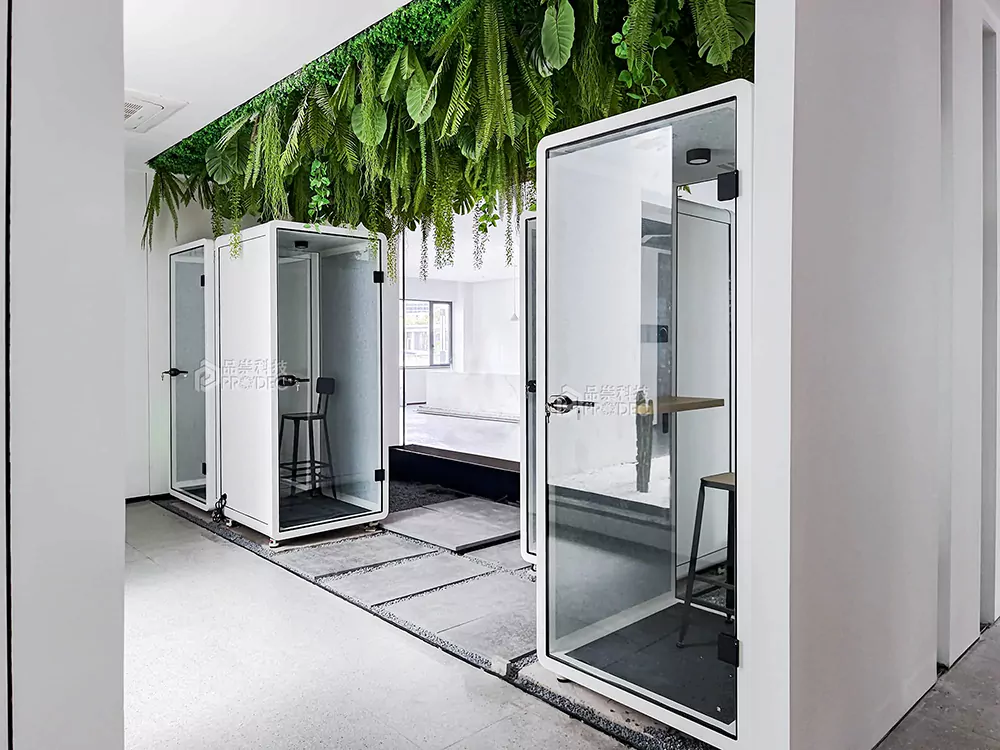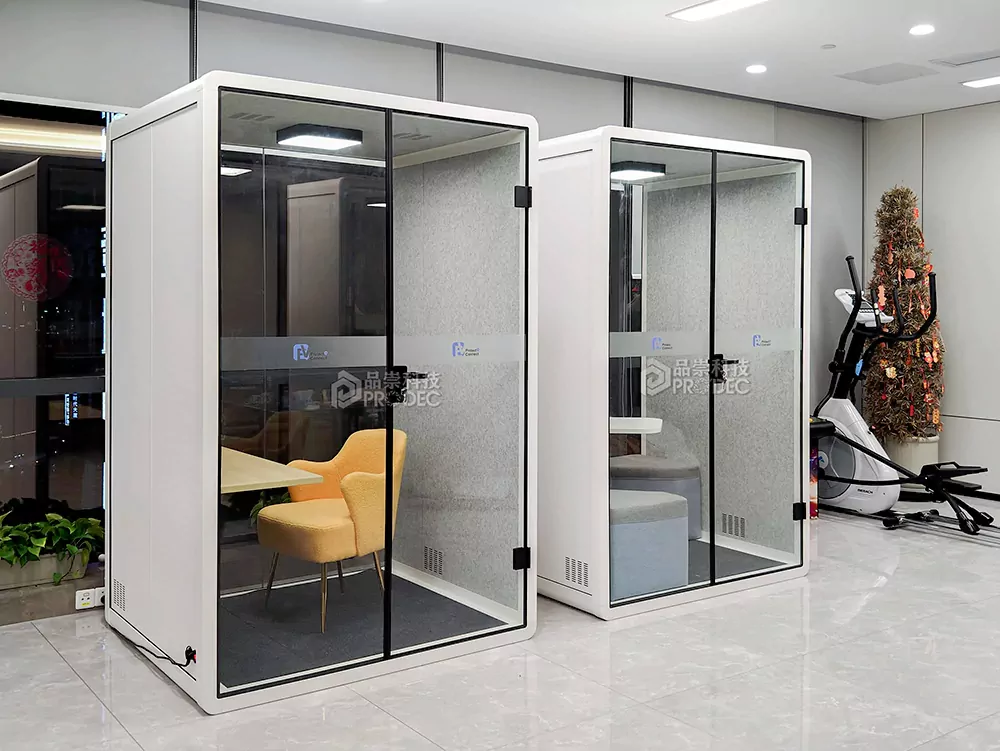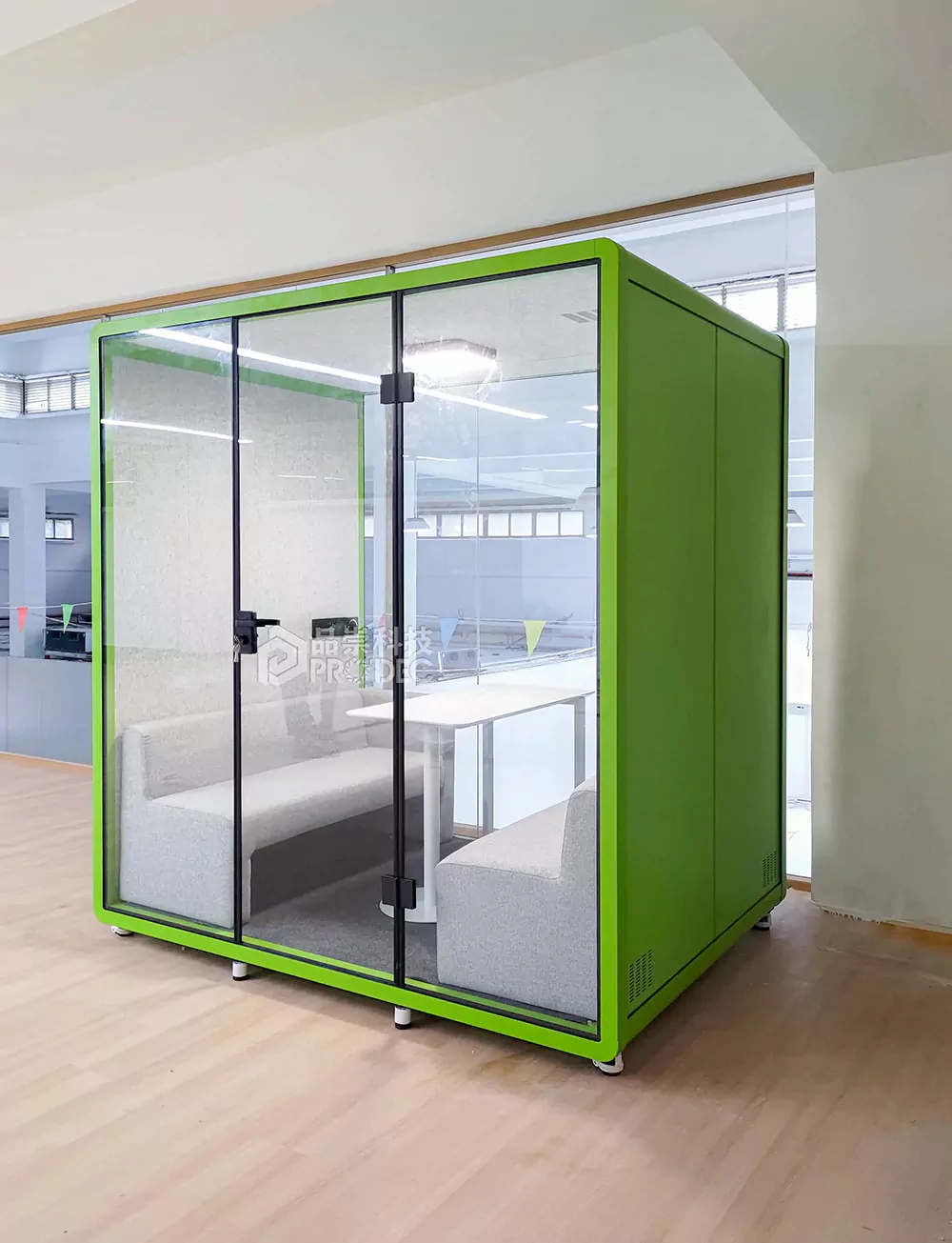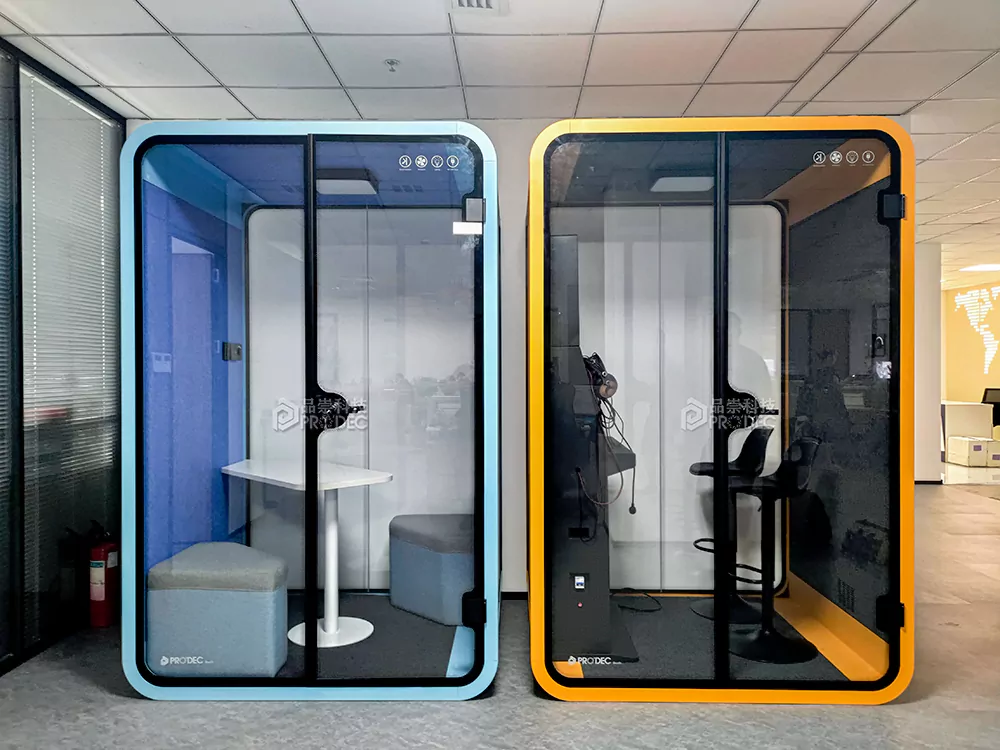The Ultimate Guide to Choosing the Perfect Silent Booth for Home
Why a Silent Booth for Home is Your Next Smart Investment
If you’re working from home, studying remotely, or recording audio content, you’ve probably faced the same challenge: noise. Whether it’s barking dogs, chatty roommates, or street traffic, distractions are everywhere. That’s where a silent booth for home comes in. These compact, nacelles insonorisées are designed to create a private, distraction-free environment right in your living space. Think of them as your personal office island—quiet, focused, and fully functional.
Modern remote work demands professionalism, and background noise during Zoom calls or client meetings can hurt your credibility. A silent booth solves this by offering up to 35dB of noise reduction, effectively blocking out ambient sounds. With features like acoustic foam interiors, tempered glass panels, and sealed construction, these booths provide excellent sound insulation. Plus, they’re not just for calls—they’re ideal for podcasting, voiceovers, meditation, or even reading without interruption.
Key Features That Define a High-Quality Silent Booth
Soundproofing Technology and Materials
The core of any silent booth lies in its acoustic performance. Top-tier models use multi-layered walls with dense acoustic panels, often combining materials like melamine foam, mass-loaded vinyl, and composite wood. These layers absorb and block sound waves, preventing both external noise from getting in and internal sound from leaking out. Many units achieve a Noise Reduction Coefficient (NRC) of 0.8 or higher, meaning they absorb over 80% of incoming sound.
Look for booths with double-glazed or laminated tempered glass doors—they offer superior sealing and durability. The frame is typically made from aluminum or steel, providing structural integrity while resisting corrosion. Some advanced designs include automatic door seals that engage when closed, further enhancing sound isolation.
Ergonomic Design and Lighting
A great silent booth isn’t just about silence—it should also support comfort during long sessions. Most models come equipped with neutral white LED lighting (around 4000K), which reduces eye strain and mimics natural daylight. Integrated ventilation systems ensure fresh air circulation without compromising acoustics.
Interior dimensions are optimized for one or two people, often including a small desk, power outlets, and USB ports. Adjustable shelving and cable management systems keep your workspace tidy. For those using the booth for video calls, proper lighting placement eliminates shadows and enhances on-camera presence.
Top Use Cases for a Silent Booth at Home
Remote Work and Virtual Meetings
With hybrid work becoming the norm, professionals need reliable spaces for daily stand-ups, client presentations, and team collaborations. A silent booth ensures your audio is crisp and echo-free, boosting communication quality. No more apologizing for background noise—it’s professionalism built into your home.
These booths integrate seamlessly with platforms like Zoom, Microsoft Teams, and Google Meet. Built-in power supplies (110–240V/50Hz) mean you can charge laptops, phones, and headsets inside, making them self-contained workstations.
Creative Content Creation
Podcasters, musicians, and voice actors benefit immensely from a controlled acoustic environment. Recording in an untreated room leads to reverb and uneven frequency response. A silent booth acts as a mini vocal booth, delivering clean, studio-quality audio without expensive room treatments.
Portable models like the Mingle SilentBox ML-L-01 or Steelcase-style pods are especially popular among creators due to their modular design and quick setup. You can place them in a corner of your bedroom or basement and start recording within minutes.
How to Choose the Right Size and Style
Single vs. Multi-Person Configurations
Most silent booths are designed for single occupancy, measuring around 4×4 feet. These are perfect for phone calls, focused work, or solo recordings. However, if you host co-hosted podcasts or need space for collaborative brainstorming, consider a 2- or 3-seater model. These larger units often include a coffee table and additional seating, functioning more like a micro-meeting room.
When selecting size, measure your available space carefully. Remember to leave clearance around the unit for airflow and door swing. Foldable or semi-permanent designs are great for apartments or shared homes where floor space is limited.
Aesthetic Integration with Home Décor
Gone are the days when office furniture had to look industrial. Today’s silent booths come in sleek finishes—matte black, white gloss, wood veneer, or even customizable colors to match your interior style. Glass panels maintain visual openness, preventing the space from feeling claustrophobic.
Some brands offer branding options, letting you add logos or custom graphics. This is useful if you run a home-based business and want a professional appearance in videos or virtual tours.

Mobility and Installation: What You Need to Know
Portable vs. Permanent Setups
One major advantage of modern silent booths is their portability. Lightweight aluminum frames make them easy to move from room to room. Units like the Mingle ZUM-L Office Phone Booth feature adjustable components and tool-free assembly, allowing relocation in under an hour.
Permanent installations, on the other hand, may require anchoring or HVAC integration but offer better sound sealing. Consider your long-term needs: Are you renting? Do you plan to relocate the booth frequently? Portable models offer flexibility; fixed ones deliver maximum acoustic performance.
DIY Assembly and Setup Time
Most prefabricated silent booths arrive in flat-pack form and take 1–3 hours to assemble. They follow a plug-and-play philosophy with pre-wired lighting and modular panels. Manufacturers usually provide detailed instructions and video guides.
Check whether tools are included. Some kits come with Allen keys and connectors, while others assume you have basic tools on hand. If you’re not comfortable with DIY, look for vendors offering professional installation services, especially for larger or custom-built units.
Budgeting for Your Home Silent Booth
Price Ranges and Value Comparison
Silent booths vary widely in price. Entry-level models start around $1,850, while premium, fully customized versions can exceed $6,000. The cost depends on size, materials, soundproofing grade, and added features like smart lighting or climate control.
For most home users, a mid-range booth ($2,500–$3,500) strikes the best balance between performance and affordability. These typically include high-density acoustic panels, tempered glass, power outlets, and good ventilation.
Long-Term ROI and Durability
While the upfront cost may seem high, think of a silent booth as a long-term investment. It boosts productivity, improves call quality, and enhances mental focus. Over time, the return on investment becomes clear—fewer distractions mean faster task completion and better work outcomes.
Durable materials like corrosion-resistant aluminum frames and ROHS/GreenGuard-certified components ensure longevity and eco-friendliness. With proper care, these booths can last 5–10 years or more, making them a smart addition to any serious home office setup.






